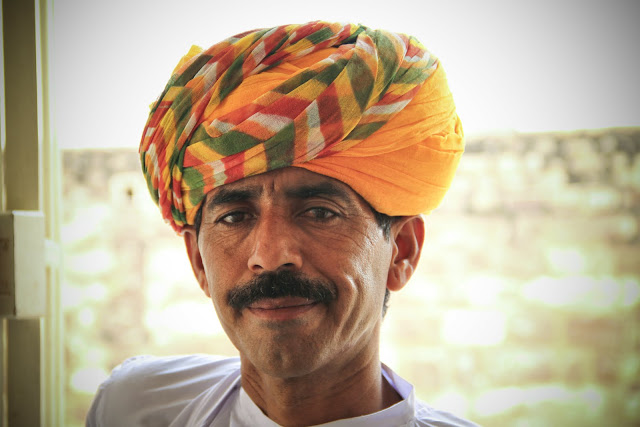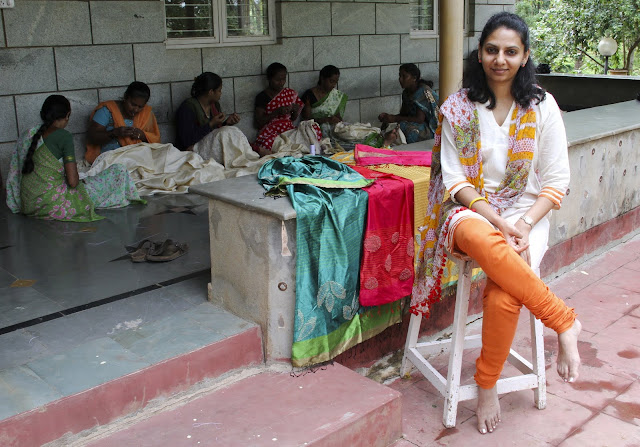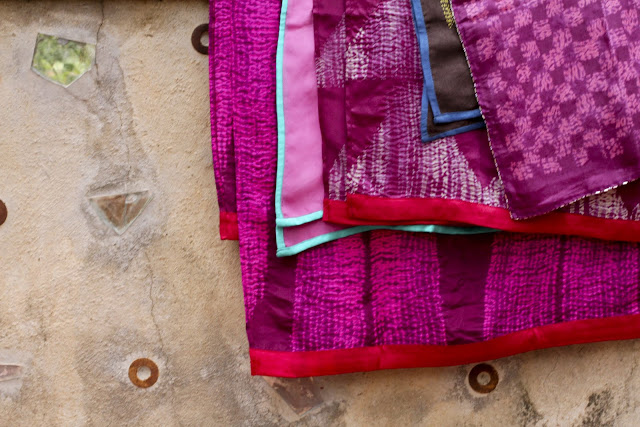For the past couple of days I've been literally roasting in the Thar Desert in the far and distant city of Jaisalmer. Like a giant sandcastle, Jaisalmer's fort rises above the sandy coloured city like something from an epic. If adventure if what you seek, Jaisalmer is the place, the place to plod through the desert on a camel before camping up for the night on the sand dunes, under the stars with a cup of chai to sooth your weary camel strained legs. But adventures aside, with all these camels plodding about (and cows of course being redundant), there is no better place to pick up some camel leather accessories (sorry vegetarians!). Here's a few I picked up inside the fort, adorned with brightly coloured embroidered patterns, they please my ethnic sense of style greatly. I just hope a few certain people forgot to be supportive followers today, otherwise they'll find out what's coming at them through the post...
 BLOGLOVIN' - FACEBOOK - TWITTER - TUMBLR - PINTEREST- POLYVORE
BLOGLOVIN' - FACEBOOK - TWITTER - TUMBLR - PINTEREST- POLYVORE 






































